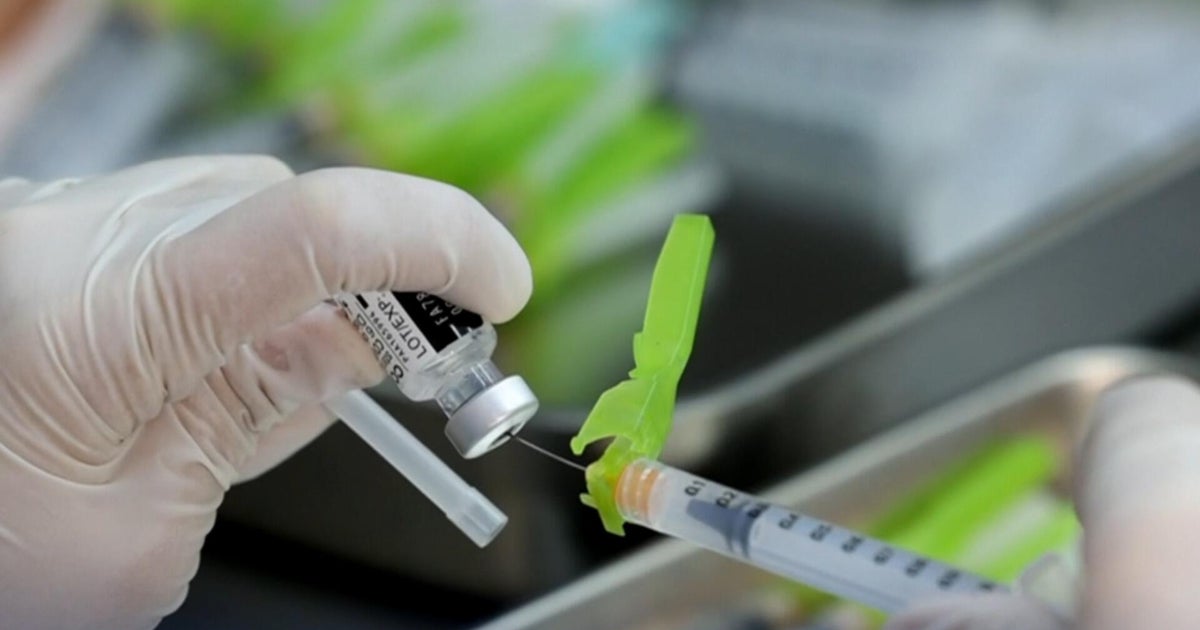By David Cox
October 18, 2025 — 5.00am
For many of us, that first furtive sip of lukewarm beer as an underage teenager is one of adolescence’s most transformative moments. In retirement, being able to still enjoy a glass or three of red on a regular basis is often viewed as akin to a universal human right. Yet, both of these events happen in life phases where our brains and bodies are undergoing particularly dynamic changes which make us far more susceptible to alcohol’s effects.
Professor David Nutt, director of the Neuropsychopharmacology Unit at Imperial College London, says for over-65s, regular alcohol can drive elevated high blood pressure, as well as the increasing risk of stroke.
“Most people don’t know that more people die of alcohol-induced strokes, either through hypertension or bleeding in the brain, than cirrhosis [alcoholic liver disease],” he says.

Alcohol is associated with a range of health problems, but there is a time in life where its impact is lessened.Credit: Getty Images/iStockphoto
Many researchers say, with justification, that there’s no safe time in life to consume alcohol. It is a known carcinogen, playing a causative role in seven different types of cancer, while more recent research has indicated that alcohol is capable of driving biological ageing by accelerating the degradation of telomeres – DNA sequences which cap the ends of chromosomes. Telomeres shorten with age, a biological process which drives a steady decline in the health of our cells and organs, and shorter telomeres have been linked to various age-related diseases such as cancer and Alzheimer’s.
A study, by the University of Oxford, found that people who consume more than 29 units of alcohol a week (about 10 large glasses of wine) were one to two years biologically older, based on telomere length, compared with those who drink six or less units a week (about two large glasses of wine).
But there are certain timeframes in our life where alcohol’s effects on our brain and body are particularly magnified in different ways.
In the womb
While alcohol in pregnancy has long been a no-no, about a tenth of pregnant women still drink, particularly in European countries. However, being exposed to alcohol in the womb can have devastating consequences for the unborn baby.
“Alcohol passes directly through the placenta to the developing fetus, and can have a toxic effect on developing organs, including the brain,” says Louise Mewton, an associate professor at the University of Sydney.
In particular, alcohol disrupts the brain’s rapid growth and formation of connections, either through directly causing the death of cells, or damaging mitochondria, the energy-producing batteries within cells which fuel brain development, raising risk of fetal alcohol spectrum disorder where children are born with reduced brain volume and significant cognitive impairment. Research has shown that the risk is greatest in pregnant mothers who drink heavily, consuming more than seven alcoholic drinks a week, but even small amounts of alcohol during pregnancy such as a glass of wine a week, or drinking heavily on a single occasion, raises the risk of children being born with some symptoms.

The best option for pregnant women is not to drink alcohol at all.Credit: iStock
Years 11-19
According to Mewton, adolescents are wired to seek out prohibited substances as the brain’s reward-seeking system develops much faster than its impulse control network which keeps such urges in check. However, such exploration can have a negative impact on this critical period for brain development.
Research has shown that underage drinking exacerbates teenagers’ impulsive tendencies, as alcohol impacts complex chains of brain chemicals relating to risk-taking and emotional control. Nutt says that the short-term consequences of this are seen every week in accident and emergency departments.
“Adolescents are damaged by alcohol because they get into accidents when they’re drunk, and they get into fights,” he says. “So many of these kids end up brain-damaged as a result of the head trauma.”
But premature exposure to alcohol can also have much longer-term consequences. The adolescent years are a critical time for the formation of white matter – the wiry connections which link brain areas, sometimes dubbed “superhighways” – shaping personality and behavioural traits heading into adulthood.
Loading
Studies indicate that the earlier teenagers begin experimenting with alcohol, the more likely they are to form patterns of connectivity in their brains which predisposes them to keep seeking out alcohol during the rest of their lives.
“One of the most consistent findings is that earlier experimentation with alcohol leads to a greater likelihood of alcohol use disorders [the impaired ability to stop or control alcohol use] and other mental illnesses over the long term,” says Mewton.
Years 40-65
Fast-forwarding two decades to our late 30s or early 40s, we reach a time when we’re beginning to notice the first visible signs of ageing. Scientists have identified this as a period where our body composition starts to change for the worse – studies show that the loss of muscle mass which makes us more at risk of frailty in later life begins in our 30s, and particularly, our 40s.
According to Anya Topiwala, a senior clinical researcher at the University of Oxford, loss of muscle volume and quality can actually be exacerbated by alcohol, preventing us building new muscle, and accelerating the breakdown of muscle we already have.
“Excess alcohol has negative impacts on muscle mass,” she says. “It inhibits muscle growth and increases fat deposition. It can also impair muscle recovery after exercise.

Getting into the habit of drinking to relieve the stresses of work and family is risky. Credit: iStock
Middle age is also a time when life stresses can accumulate, from work pressures to raising children and looking after elderly parents. Many people understandably turn to alcohol as a much-needed relaxant, but as Federica Amati, head nutritionist at ZOE, says this can precipitate a toxic cycle, not least because alcohol disrupts sleep and can actually promote anxiety over time.
“It’s easy to fall into a negative spiral with alcohol,” she says. “You drink to reduce your stress and help you sleep but the next day, you feel even more stressed and tired, so when the evening finally comes, you’re desperate for another drink.”
One of the most sinister effects of alcohol is on women going through menopause in their late 40s and early 50s, who also often turn to booze to get them through this difficult phase.
“For women, the negative effects of alcohol in midlife can be even more pronounced,” says Amati. “During menopause, women have lower levels of the enzyme that breaks alcohol down, meaning it can stay in their system for longer, thereby causing more damage. Drinking alcohol in midlife is one of the biggest risk factors for breast cancer, underscoring just how negatively it impacts women.”
Years 65+
By the time we reach our late 60s and 70s, the body’s relationship with alcohol has become more complex. Nutt says that over-65s are more sensitive to alcohol for a variety of reasons, one being that they’re typically drinking less regularly than those 20 or 30 years younger, and so their tolerance has diminished.
But alcohol can also interact with many prescription medications, speeding or slowing their clearance from the body and so altering their levels in the blood, which research has shown to be a risk-factor for falls.
Nutt points out that over-65s are at a higher risk of having car accidents after drinking, even if below the limit, because they’re more likely to fall asleep at the wheel.
“Older people get sleepier on alcohol,” he says. “And there’s various chemical reasons for that. As the brain ages, it becomes less responsive and flexible, and the dopamine system, which gives drive and energy, seems to burn out as you get older, meaning you don’t get the boost you need to keep you awake.”

Health professionals suggest cutting back on alcohol as we age, with more alcohol-free days.Credit: iStock
If you’ve been diagnosed with hypertension, Nutt says that the first step you should do is to cut down on alcohol because it directly raises blood pressure through the actions of a hormone called noradrenaline. It also induces various biological changes to blood vessels which make strokes more likely.
“It also makes you more vulnerable to what we call obstructive strokes, where you get a bit of plaque in a vessel breaking off and going and blocking blood flow to the brain. And also when people have aneurysms, they bleed more if they’re regular drinkers.”
Finally, just as alcohol can have profound effects on the brain before birth and during adolescence, it can also drive brain impairments in our latter decades. Heavy drinkers may begin to suffer from thiamine or vitamin B1 deficiency because years of excess alcohol inflames the stomach lining and digestive tract, preventing this vitamin from being absorbed into the body from food. Because vitamin B1 is essential for healthy brain function, this deficiency can cause a serious and irreversible condition called Wernicke-Korsakoff or “wet brain” syndrome characterised by permanent memory loss and confusion.
Loading
Even in more moderate quantities, researchers say that alcohol seems to be capable of accelerating brain ageing by hastening various natural processes which are already taking place, such as decreased size of the brain’s nerve cells or neurons, and a reduction in the numbers of connections between neurons.
“In later life, alcohol’s impact on the brain is a cause for concern,” says Amati. “Older adults may present with dementia-like symptoms associated with alcohol consumption. It’s worth reducing or removing alcohol altogether to preserve cognitive function as we age.”
The best age to drink without damaging your health
Alcohol is never truly risk-free, but the decade between 25 and 35 is the time when your body is at its most robust when it comes to handling the booze. When we’re in our mid to late 20s, our bodies are at their most metabolically flexible, in comparison to your latter decades. This means that the liver is most capable of swiftly ramping up the production of the enzymes we need to safely break down large quantities of alcohol, and safely remove some of the alcohol-related toxins from the bloodstream before they cause harm.

Between the ages of 25 and 35 is the least damaging time of your life to drink alcohol.Credit: Nattakorn Maneerat/istock
By 25, we’ve not only reached our full adult height, but also our full adult bulk as well, which is important for various reasons. Researchers have found that the comparatively leaner frames of adolescents and even young adults in their early 20s gives them a higher head-to-body ratio.
Loading
These proportions mean that it’s easier for alcohol to move through the bloodstream and more of it ends up in the brain, potentially impacting cognitive development. This doesn’t happen to the same extent once we’ve developed our full adult physique.
By our mid to late 20, the brain has completed the complex rewiring which begins at pace during adolescence, providing us with greater control over our emotions, better decision-making and most importantly when it comes to drinking, more self-control. By this point, it means that alcohol is less likely to shape your personality and make you into a more impulsive, risk-taker, and it means you’re far less susceptible to getting into scrapes or accidents as a result of drinking too much.
How can you reduce your risk without going cold-turkey?
Try not to drink every week
Amati says she feels that the recommended UK limit of 14 units (one unit equals 8g of pure alcohol) a week, which is equivalent to nine small glasses of wine or seven pints, is still too much for healthy ageing. (In Australia, the recommended alcohol intake is no more than 10 standard drinks a week and no more than four standard drinks on any single day. A standard drink is 10g of pure alcohol.)
“I recommend not drinking every week, and sticking to two drinks when you do,” Amati says.
Spread your drinking out
Researchers suggest having alcohol-free days to let your body recover, and spreading your drinking out, rather than consuming all units in a night.
Drink water or soft drinks between each alcohol drink
This is a known way of pacing yourself. To limit alcohol’s impact on your sleep, Amati recommends leaving a few hours between your last drink and going to sleep.
Switch to lower ethanol drinks
Try low-alcohol beers (around 3-5 per cent alcohol by volume), light wines and wine spritzers (diluted wines), or for spirits, lighter apertifs like aperol and vermouths, or try new non-alcoholic alternatives.
The Telegraph, London
Make the most of your health, relationships, fitness and nutrition with our Live Well newsletter. Get it in your inbox every Monday.
Most Viewed in Lifestyle
Loading


















































